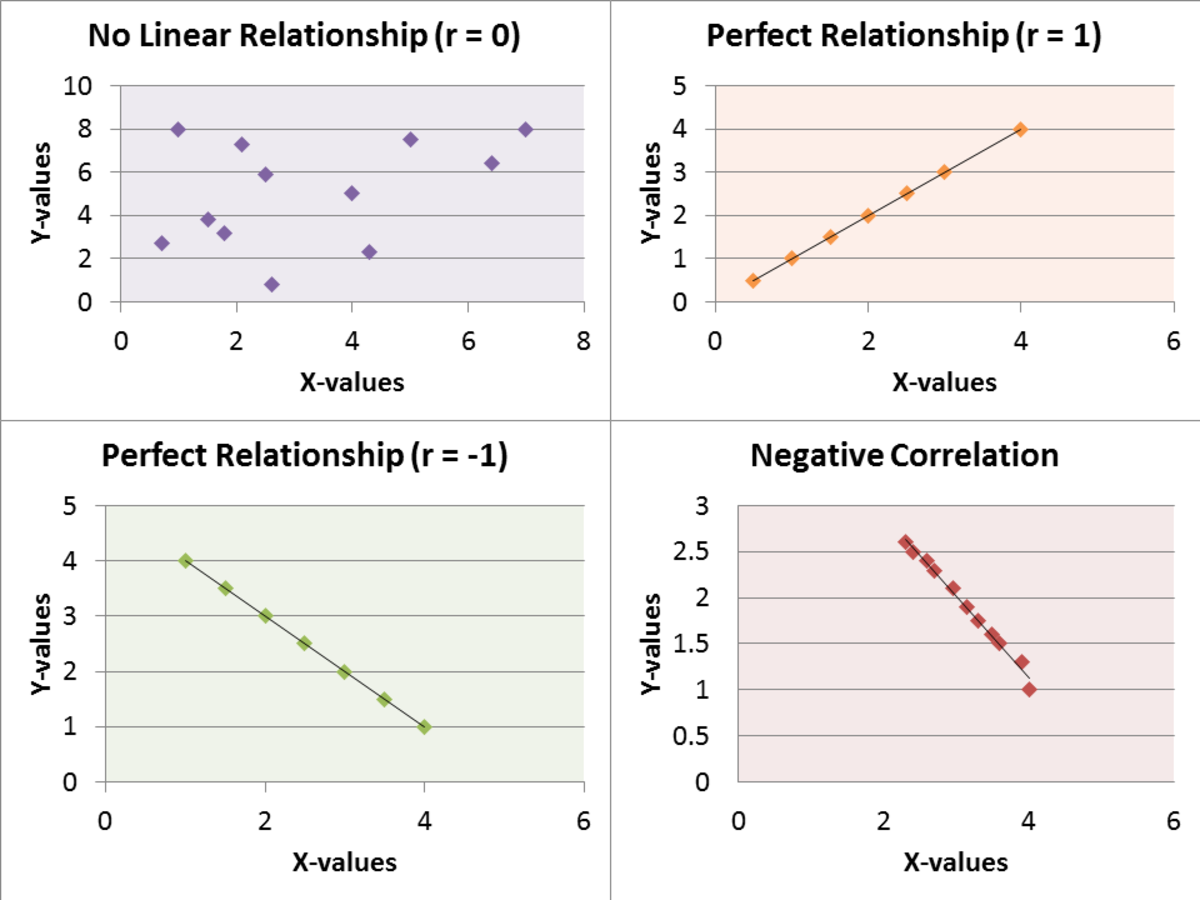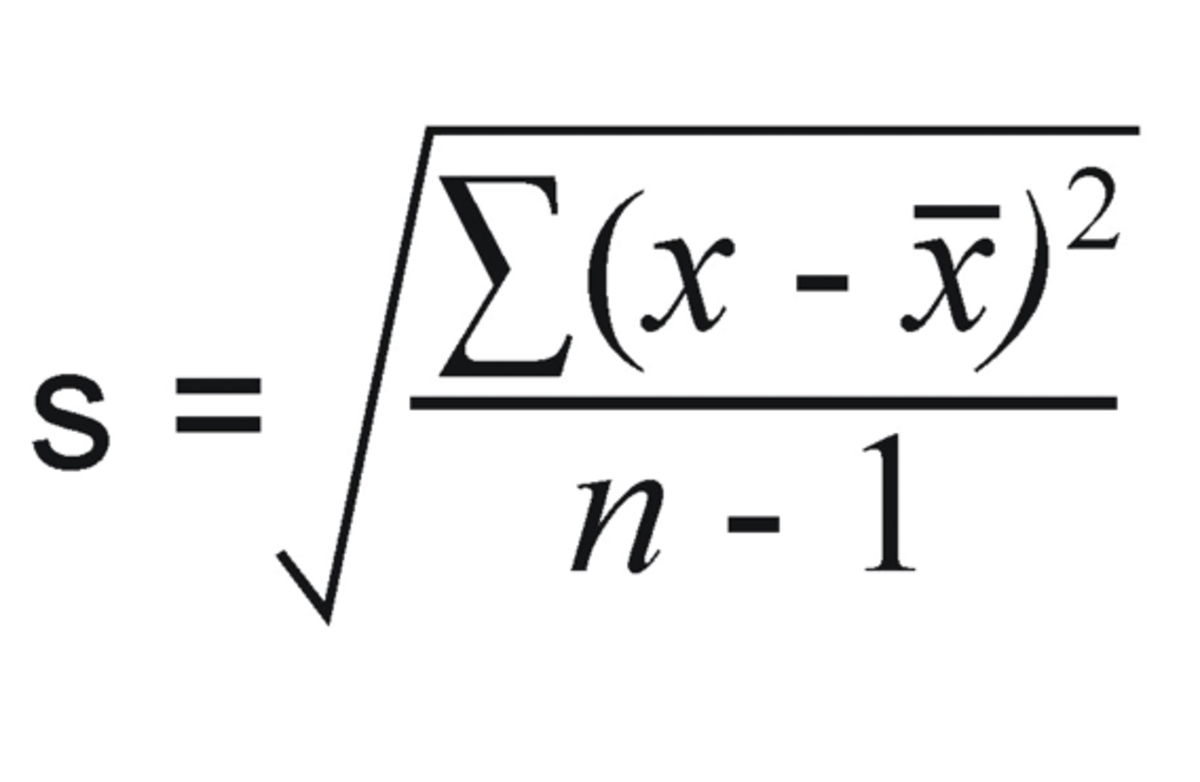Random Sampling
What are the techniques commonly used for selecting random samples when designing a research study? Discuss the advantages and disadvantages of a few of the sampling methods.
Random sampling or random selection is the “method for selecting a sample that uses truly random procedures (usually meaning that each person in the population has an equal chance of being selected)” (Aron, Coups, & Aron, 2013, p. 86). There are four main types of random sampling: simple random sampling, systematic sampling, cluster sampling, and stratified sampling. Simple random sampling (SRS) is a sampling in which every person of a population has an equal chance of being chosen. An example of this would be picking names out of a hat. The simple random sampling is the simplest way to get a random sample however it would not be as effective with a larger population because of the time it would take to choose the sample. Systematic sampling occurs when every kth member of a certain population is chosen as a part of the sample. An example of systematic sampling would be if every tenth person from list of names was chosen as part of the sample. Systematic sampling is great if the researcher has a list of names to choose from however if a list is not already made than this method could prove very time consuming.
Cluster sampling occurs when the population is split into groups/clusters and simple random samples of these clusters are selected (Statistics Glossary). An example of this would be if the New Jersey (population) was divided into clusters (cities) and then the names of the different cities pulled from a hat; the cities pulled from the hat would act as the sample. This method is best if the sample can be a large number of people however if a researcher needs a smaller sample then the simple random sampling method would be better. Stratified sampling is attained by splitting the population into mutually exclusive groups/strata and randomly sampling from each of these groups (Cedar Crest). This method would be used if the study calls for results to be compared based on something like gender or ethnicity. This sampling method has the advantage of being great for gender comparison studies; however it would not be as helpful as the cluster sampling method if a researcher was attempting to learn about high school grades in New Jersey.
References
Aron, A., Aron. E., Coups. E. (2014). Statistics for Psychology Pearson Education Inc. 2014.
Random Sampling Types. (n.d.). Cedar Crest. Retrieved September 24, 2014, from http://www2.cedarcrest.edu/academic/bio/hale/biostat/session15links/randomtypes.html
Sampling. (n.d.). Statistics Glossary. Retrieved September 24, 2014, from http://www.stats.gla.ac.uk/steps/glossary/sampling.html#clustsamp
Types of Sampling. (n.d.). UTexas . Retrieved September 23, 2014, from https://www.ma.utexas.edu/users/parker/sampling/srs.htm
N refers to population size; and n, to sample size
Prepare to gather a random sample (N = 300) of the student body at SNHU. What is the purpose of your random sample? How would you acquire an accurate list of the population? What procedure would you follow in selecting cases? Would cluster sampling suffice in lieu of a list? Describe your procedure in detail. How would your results be used?
Random Sampling at Southern New Hampshire University
For this Journal I decided to create a fictional study on the amount of time the students’ taking a psychology statistics course at Southern New Hampshire University (SNHU) studied for their midterm in order to determine how the study time affected their midterm grade this semester. For this study the population size is 300 students, meaning that 300 students took a psychology statistics course at SNHU this semester. In order to research this I would use random selection; random selecting is the “method for selecting a sample that uses truly random procedures (usually meaning that each person in the population has an equal chance of being selected)” (Aron, Coups, & Aron, 2013, p. 86).
In order to form a random sample I would first need an accurate list of the population. In order to get this list I would use the SNHU website to find all of the psychology statistics courses for this semester. I would email each professor explaining my study and requesting a list of their student so that I could create a random sample. Once I received all of the names I would compile them into clusters by professor. This would allow me to use the method of random sampling know as cluster sampling, meaning the population would be split into clusters and a simple random sample of these clusters would be selected (Statistics Glossary). Once I have my list split into cluster by professor I would separate the names and place each cluster in a bowl for a lottery type drawing. This would ensure that my research would not be affected too heavily by each professor’s teaching style.
I would be unable to say exactly how many students would be in my sample without knowing how many psychology statistics courses were taught this semester, but I would like my sample to be one third of the total population implying a sample size of 100. However it would be more important to me to have an equal number of students from each cluster than to have an exact 100 sized sample meaning my end sample could end up being higher than 100.
Once I had my sample created I would interview each student about the time they studied for their psychology statistics midterm and the grade they received on their midterm. If for some reason one of the sample students was unavailable for interview then I would randomly select a different student from the same cluster as the unavailable student to fill his or her place in the sample. I would then compile my result into a graphic representation such as: a bar graph, pie chart, or a line graph to show the effect study time had on grading for the psychology midterm.
References
Aron, A., Aron. E., Coups. E. (2014). Statistics for Psychology Pearson Education Inc. 2014.
Sampling. (n.d.). Statistics Glossary. Retrieved September 24, 2014, from
http://www.stats.gla.ac.uk/steps/glossary/sampling.html#clustsamp






